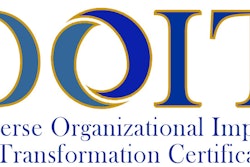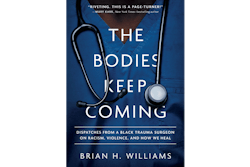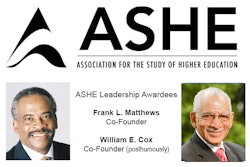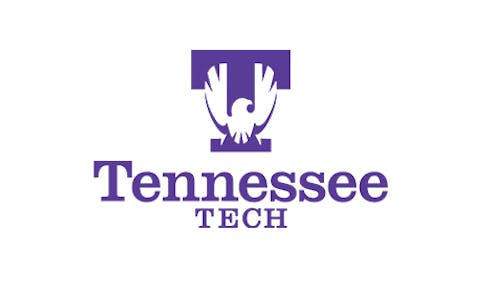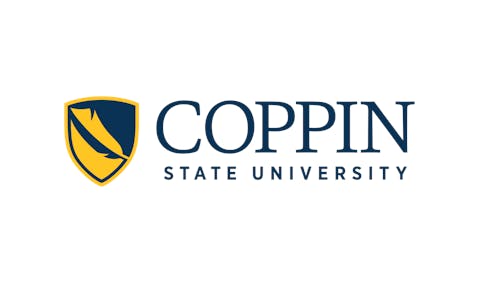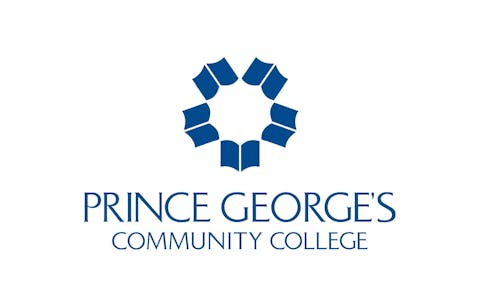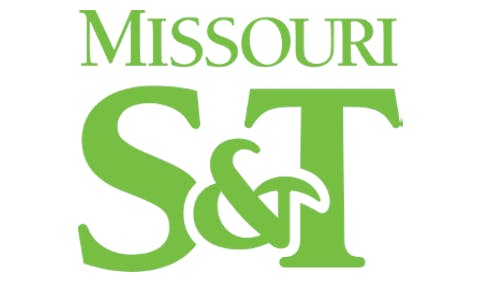In 2021, ten states passed laws restricting discussions of race, racism, and gender in schools, banning discussions conservative lawmakers deemed divisive. Florida recently and more explicitly banned discussion of anything that might make White students feel “discomfort” around the role racism has played in shaping American society, the latest affront in what has become a political war over critical race theory.
However, sociologists and many ethnic studies faculty members say critical race theory isn’t even taught in most courses at the collegiate level — and certainly not in K-12 classes.
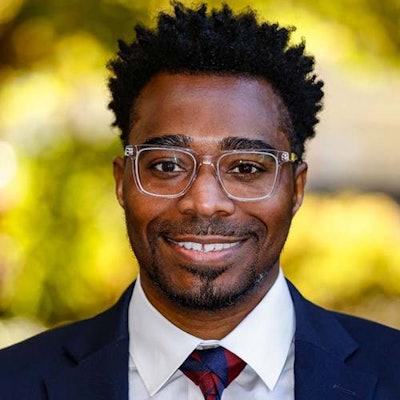 Dr. Rashawn Ray
Dr. Rashawn Ray
For several years, Ray has taught a course called “Why are we still talking about race?” According to its syllabus, the course “explores the major debates and assumptions that construct individuals’ perceptions of what race is and how race matters. Using various sociological theories, social psychological theories, and subcultural approaches, this course will give students a historical and present day frame with which to view race and ethnic relations in the twenty-first century.”
Critical race theory is not one of the theoretical frameworks he uses. Not even in a course that is explicitly about race.
“Critical race theory has become a political flashpoint,” Ray says. But it’s not the primary framework most faculty members – outside of legal scholars — are using. And in K-12, it’s even less prevalent. In fact, zero K-12 schools in the United States use the framework in their curriculum.
“There’s actually not one K-12 school anywhere in the nation where critical race theory is a part of their curriculum — it’s just not,” says Dr. Cynthia Tyson, a professor of multicultural and equity studies in education in the College of Education and Human Ecology at The Ohio State University. “It was never there. If anything, [the debate around it] has created and made a space to look at diversity and equity and inclusion and justice [in K-12 schools] and to have that conversation through maybe a critical race theory lens that wasn’t there before.”




